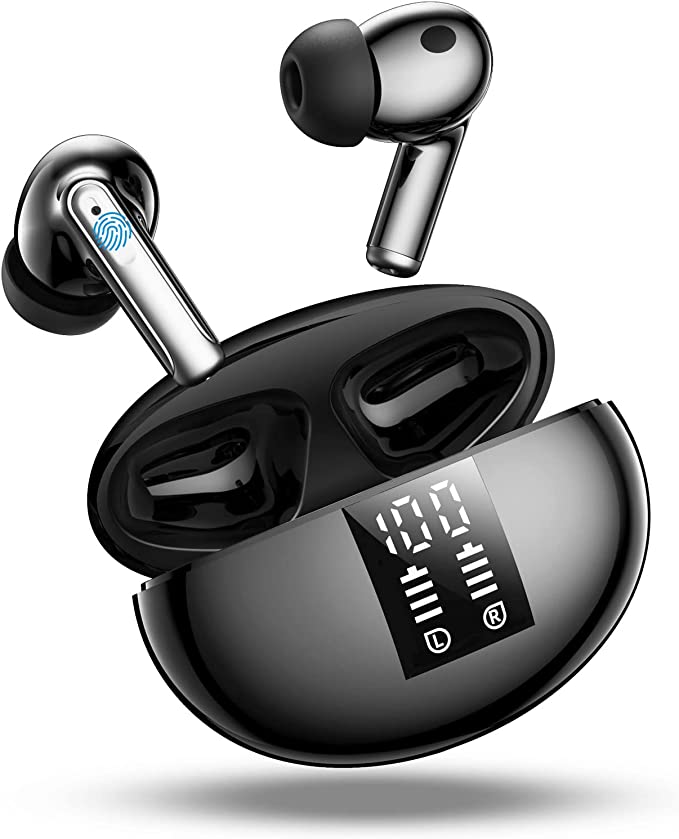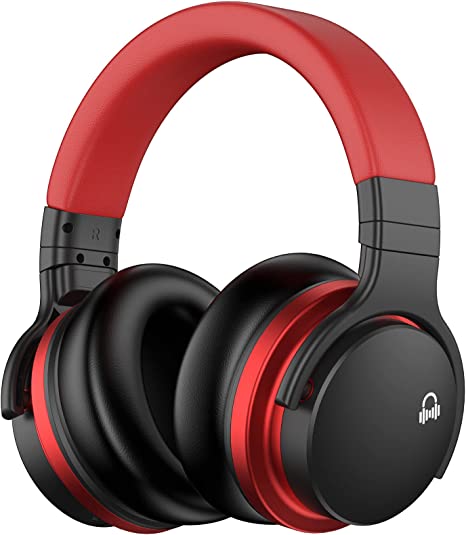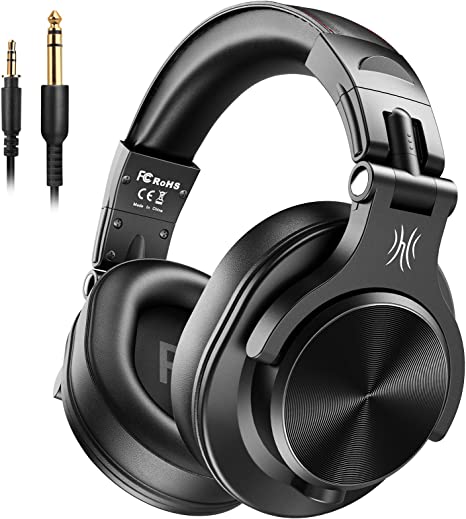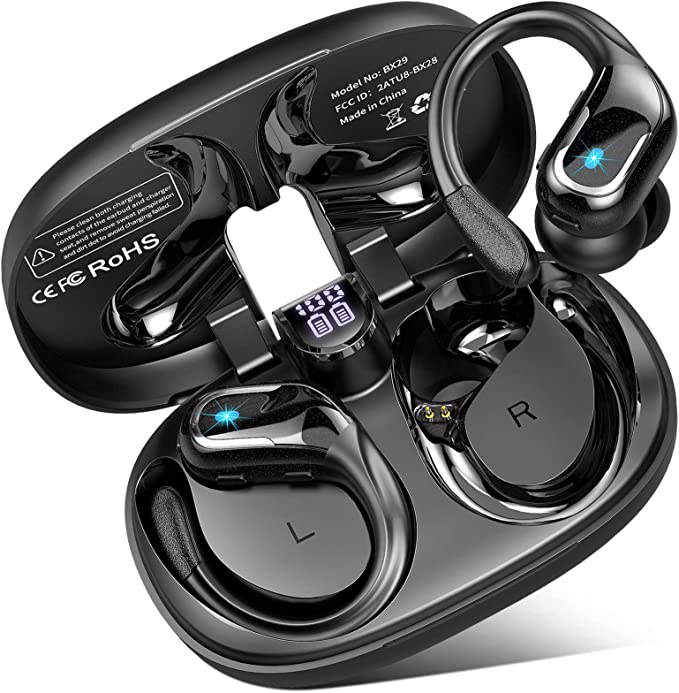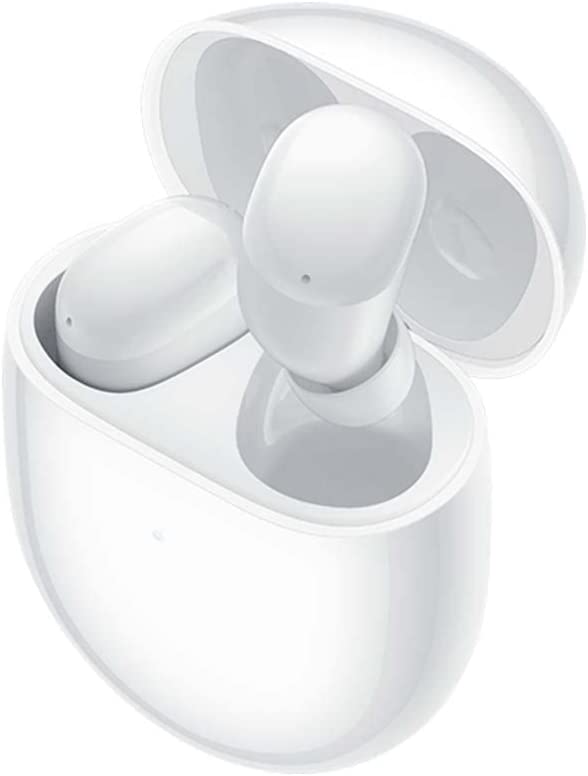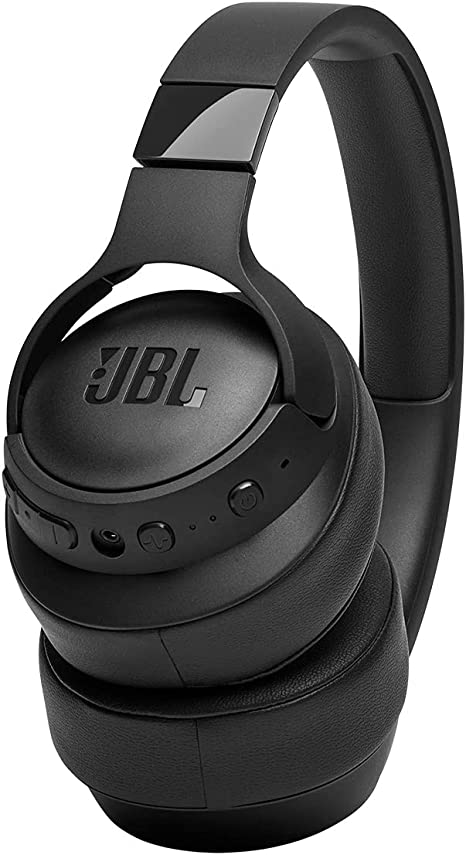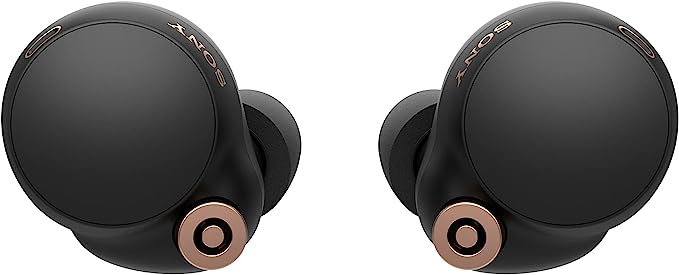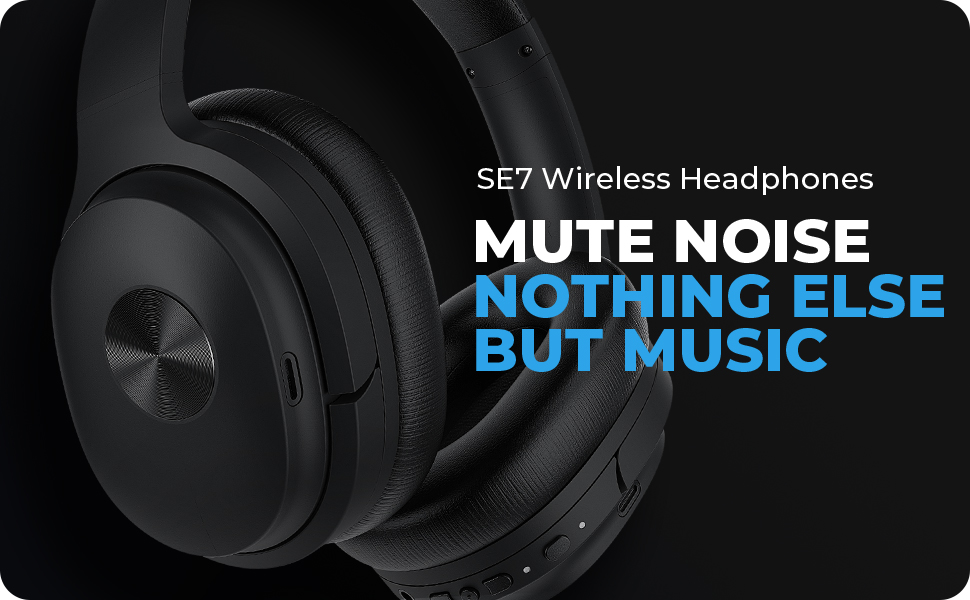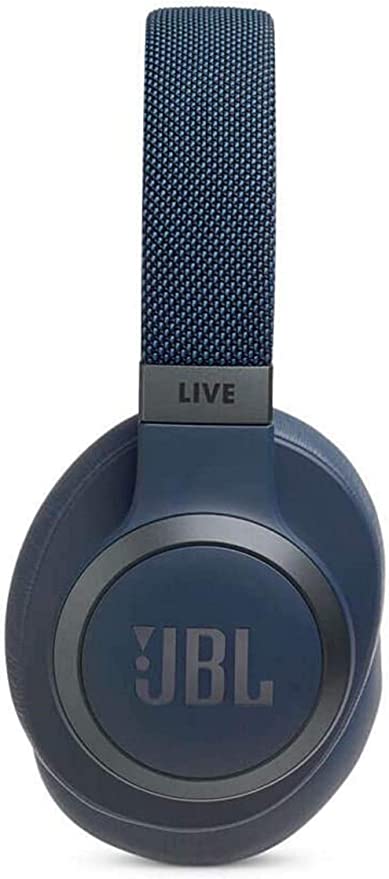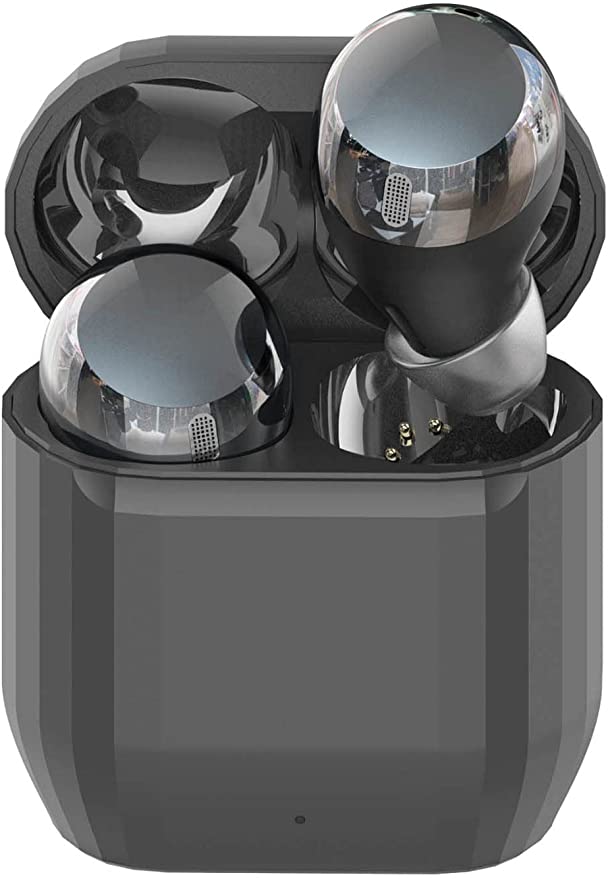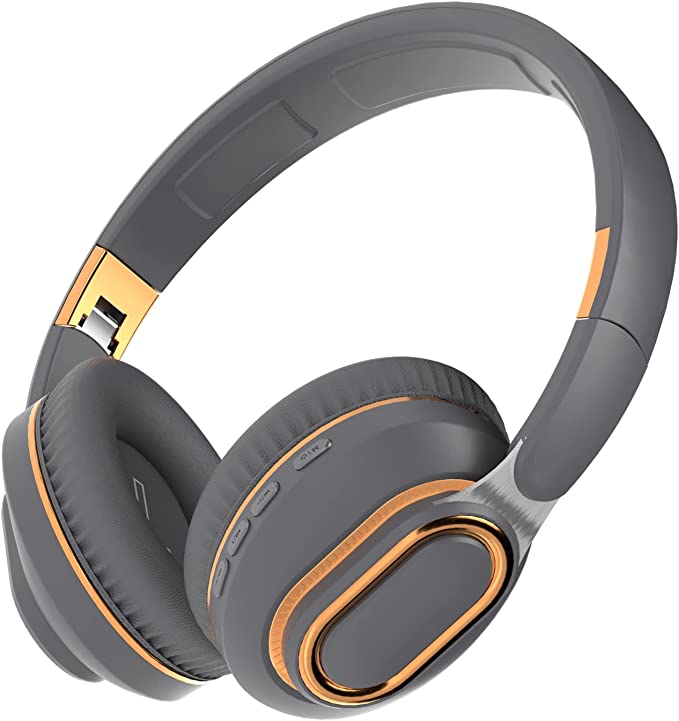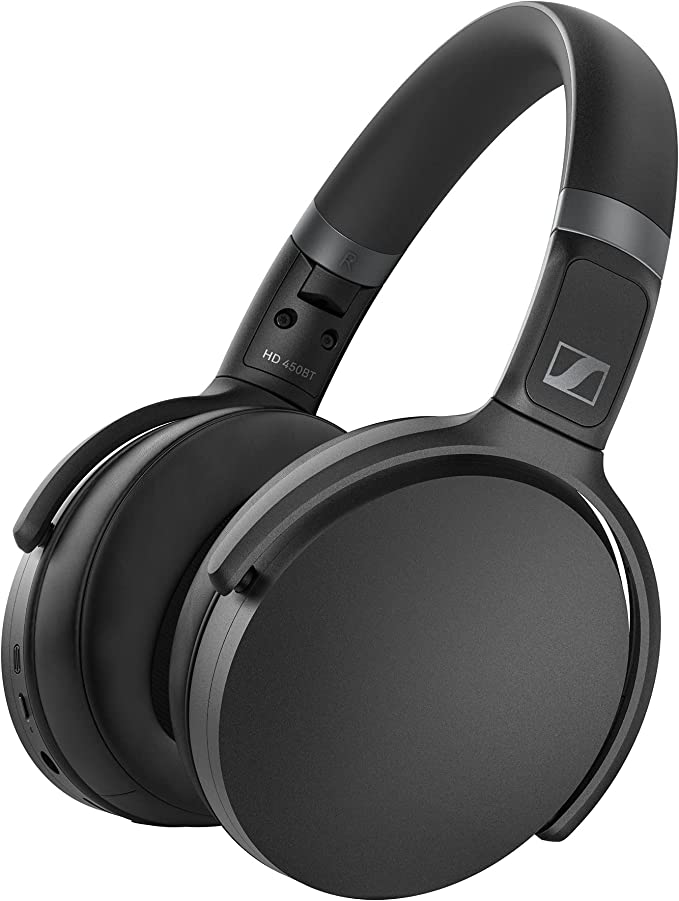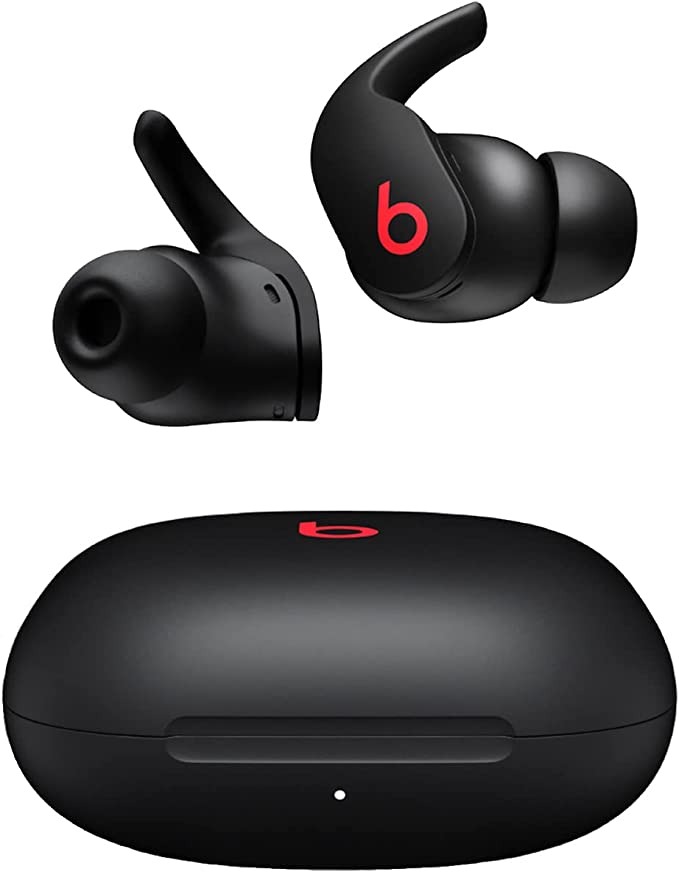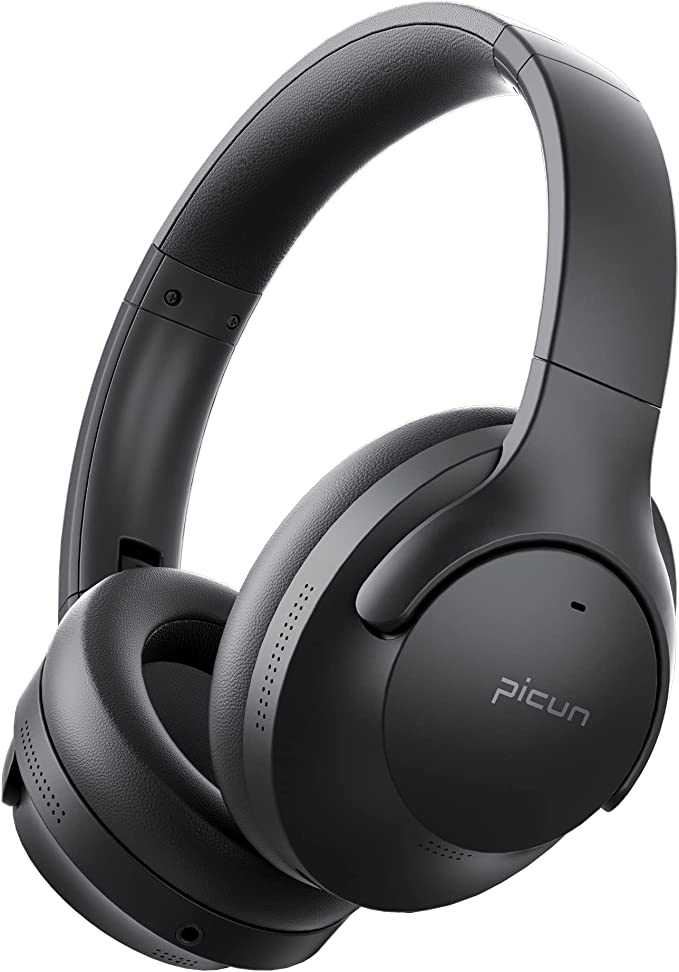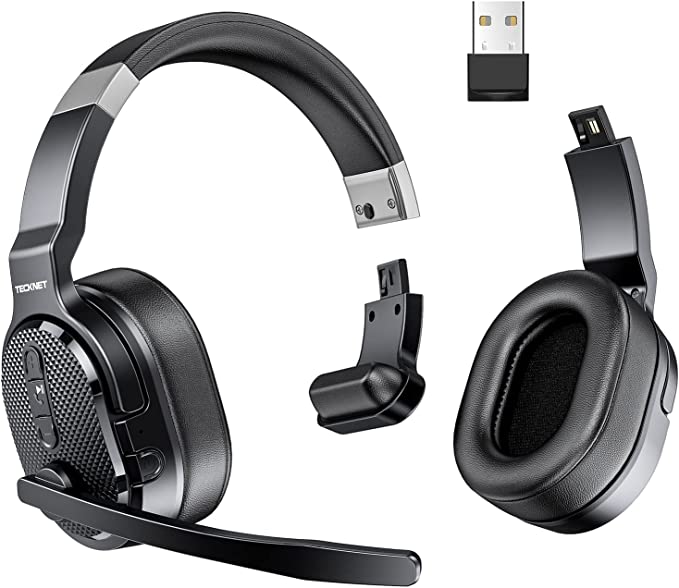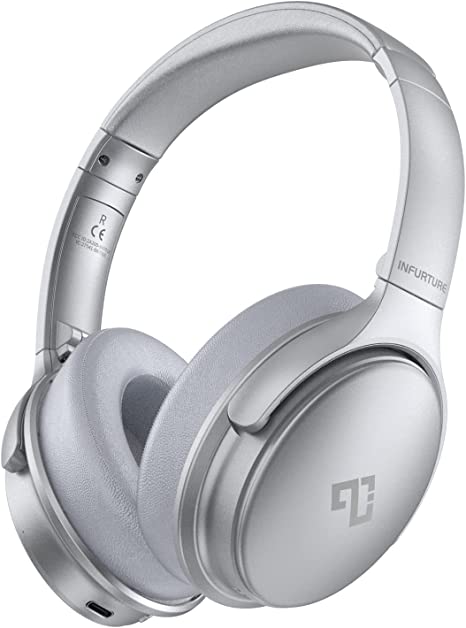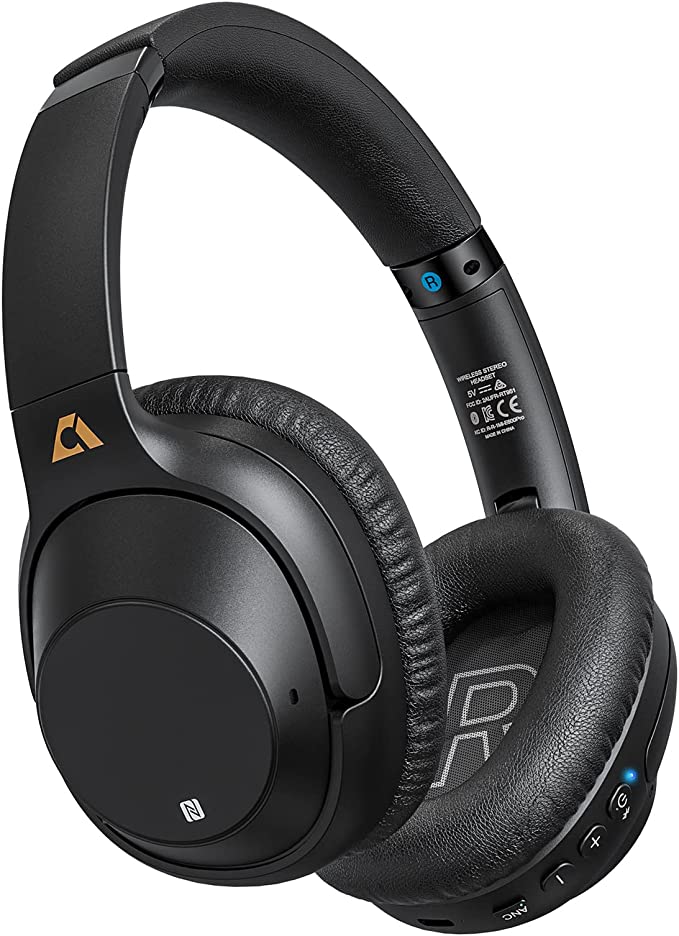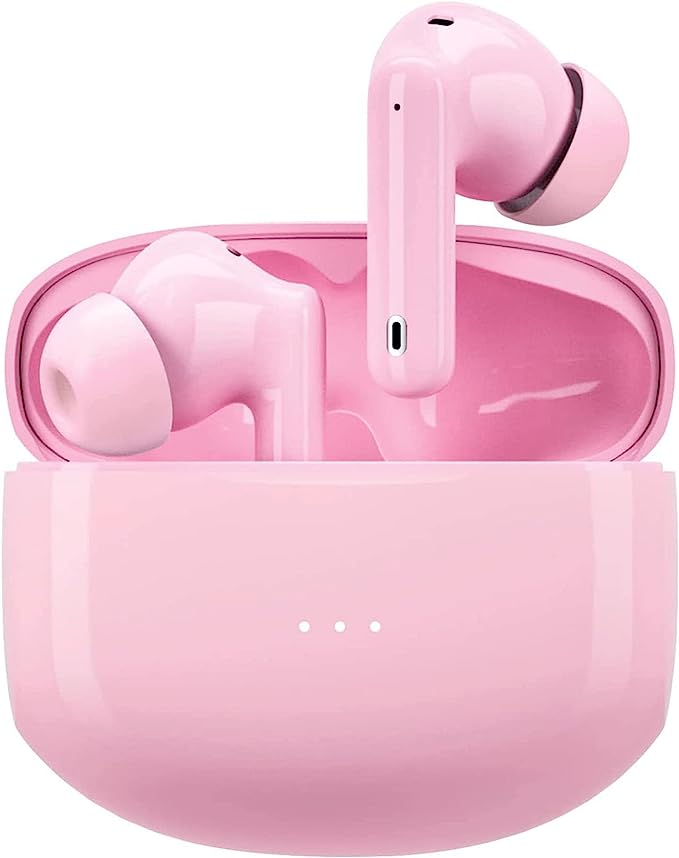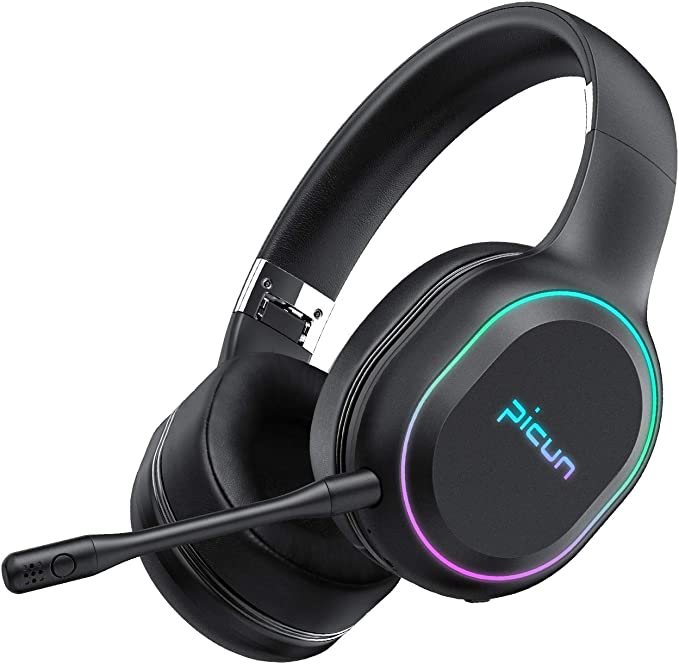Qaekie Q20 Active Noise Cancelling Wireless Headphones: Impressive Noise Cancellation on a Budget
Update on June 25, 2025, 8 a.m.
In the ever-present symphony of the modern world, from the urban cacophony to the subtle hum of our digital lives, true auditory peace and deeply immersive sound can often feel like elusive luxuries. We crave focus amidst distraction, tranquility on a turbulent commute, and the unadulterated joy of music engulfing us without the world seeping in. It’s into this universal desire that products like the Qaekie Q20 Active Noise Cancelling Headphones step, offering features like potent noise cancellation, an almost unbelievable 100-hour playtime, and promises of “HiFi Audio” at a remarkably accessible price point (currently around $29.98, according to its listing). But rather than just looking at one specific product, let’s use it as a lens to embark on a fascinating journey, exploring the science, the history, and the everyday magic woven into the headphones that are increasingly shaping our personal soundscapes.

The Alchemy of Silence: Demystifying Active Noise Cancellation (ANC)
Before we can silence noise, we must understand it. Sound, in its most fundamental form, travels as waves – invisible ripples in the air, each with a specific height (amplitude, dictating loudness) and frequency (dictating pitch). Active Noise Cancellation is a marvel of acoustic engineering that doesn’t just block sound; it actively erases it using a principle that sounds almost counterintuitive: destructive interference. Imagine tossing two pebbles into a calm pond. Where the crest of one ripple meets the trough of another of equal size, the water momentarily flattens – they’ve cancelled each other out. ANC performs a similar feat with sound waves.
This elegant solution wasn’t born overnight. The seeds were sown, anecdotally, on a noisy flight in 1978 when Dr. Amar Bose, founder of the Bose Corporation, found himself frustrated by the engine drone interfering with his in-flight audio. He began sketching ideas for headphones that could actively combat ambient noise, a quest that would take years of research and lay the groundwork for the ANC technology we enjoy today. This highlights a fundamental truth: many groundbreaking technologies stem from a desire to solve a very human problem.
So, how do headphones like the Qaekie Q20, or indeed any ANC-equipped pair, perform this acoustic alchemy?
1. Sensing the Unwanted: Tiny microphones, strategically placed on the exterior of the earcups, act as vigilant sentinels, constantly listening to the surrounding environmental noise – the persistent rumble of a train, the monotonous hum of an office air conditioner, or the drone of aircraft engines.
2. The Counter-Attack: This captured ambient noise is then fed to an internal digital signal processor (DSP). This miniature electronic brain analyzes the incoming sound wave in real-time and, with astonishing speed, generates an exact opposite sound wave – a mirror image, or “anti-noise.” This anti-noise has the same amplitude as the original noise but is perfectly out of phase (its peaks align with the original noise’s troughs, and vice-versa).
3. The Vanishing Act: The headphones’ internal speakers then play this precisely crafted anti-noise signal directly into your ears, along with your desired audio. When the incoming ambient noise and the internally generated anti-noise meet within the ear canal, they effectively neutralize each other, leading to a significant reduction in the perceived unwanted sound.
It’s a beautifully precise dance of sound waves. The product listing for the Q20 also mentions “Noise Canceling Wireless Headphones with Mic,” which often implies an additional technology called Environmental Noise Cancellation (ENC) focused on the microphone. While ANC creates a quieter listening bubble for you, ENC works to make your voice clearer to the person on the other end of a call by identifying and suppressing background noise picked up by the microphone.
However, ANC isn’t an all-powerful cone of silence. It excels at combating consistent, low-frequency sounds because their wave patterns are more predictable and easier to counteract. Sudden, sharp noises like a dog bark or a door slam, or complex, high-frequency sounds like nearby conversations, are trickier for current ANC to eliminate completely. This is where the physical design of “Over Ear” headphones like the Q20 also plays a crucial role, providing a degree of passive noise isolation by simply forming a seal around your ears and physically blocking some sound from entering. It’s a two-pronged approach to a quieter world.

The Hundred-Hour Overture: Engineering Endurance in Wireless Audio
One of the most eye-catching claims for the Qaekie Q20 is its “100H Playtime.” In a world where we’re constantly tethered to chargers, the prospect of a hundred hours of wireless audio can seem almost revolutionary. Imagine a week-long vacation, multiple cross-country flights, or entire workweeks passing without once needing to plug in your headphones. This isn’t just a number; it’s a promise of untethered freedom.
Achieving such marathon-like endurance in a relatively compact device relies on a confluence of technological advancements: * The Power Within – The Evolution of Lithium-ion: The unsung hero is undoubtedly the battery. Modern Lithium-ion (Li-ion) and Lithium-polymer (LiPo) batteries have undergone remarkable development. Scientists and engineers have continuously pushed the boundaries of energy density – the amount of energy that can be packed into a given size or weight. This means today’s batteries can store significantly more power than their predecessors of just a decade ago, without making devices bulky. This continuous improvement is a cornerstone of our portable electronic world, from smartphones to electric vehicles. * Sipping Power, Not Gulping – Bluetooth and Chip Efficiency: Wireless transmission itself consumes energy. However, Bluetooth technology has evolved significantly. Standards like Bluetooth Low Energy (BLE), initially designed for devices requiring very long battery life (like fitness trackers), have seen their power-saving principles influence mainstream Bluetooth audio. Modern System-on-Chips (SoCs) that manage a headphone’s functions – from Bluetooth connectivity and audio processing to ANC – are also designed with meticulous power management. These chips can intelligently allocate power, enter low-power states when idle, and operate with remarkable efficiency. * The Sum of its Parts: It’s not just one component, but the synergistic optimization of the entire system – low-power amplifiers, efficient driver designs, and clever firmware that minimizes unnecessary power drain – that contributes to such impressive playtime figures.
Of course, that “100H Playtime” is likely an idealized figure, achieved under specific test conditions (moderate volume, perhaps with ANC off, as ANC processing does consume extra power). However, even if real-world usage yields 70 or 80 hours, it still represents a significant leap in user convenience, drastically reducing “battery anxiety” for frequent users.

The “HiFi” Mirage and the “Deep Bass” Embrace: Navigating Audio Signatures
The Qaekie Q20 listing also tempts with “HiFi Audio” and “Deep Bass.” These terms are ubiquitous in audio marketing, but what do they mean from a scientific and experiential standpoint, especially in a product priced around $30?
“HiFi” is short for High-Fidelity. In its purest sense, it means the audio reproduction is exceptionally faithful to the original recording, with minimal distortion, coloration, or loss of detail. Achieving true audiophile-grade HiFi typically involves expensive, precision-engineered components: high-quality drivers (the miniature speakers in the earcups), meticulously designed acoustic chambers, advanced Digital-to-Analog Converters (DACs), and often, support for high-resolution Bluetooth audio codecs like aptX HD or LDAC, which transmit more audio data wirelessly (the specific codecs for the Q20 are not detailed in the provided information).
“Deep Bass,” on the other hand, indicates a specific tuning preference where the lower frequencies of the audio spectrum (think the thump of a kick drum or the rumble of a bass guitar) are intentionally emphasized. This can make music sound fuller, more powerful, and more rhythmically engaging, particularly for genres like EDM, hip-hop, R&B, or for creating an impactful cinematic experience. Psychologically, strong bass can evoke visceral, bodily sensations, contributing to the perceived “oomph” of the sound.
When we see “HiFi Audio” заявлено (claimed) for a budget-friendly product like the Qaekie Q20 (which garners a respectable 4.1 out of 5 stars from 129 ratings and sees over 100 units bought in a past month, suggesting user satisfaction at its price), it’s pragmatic to interpret it as an aspiration towards clear, enjoyable, and relatively un-muffled sound, rather than a direct comparison to studio-grade reference headphones. The goal here is likely a pleasing listening experience for a wide range of content, not absolute analytical neutrality. An emphasis on “Deep Bass” caters to a popular listening preference, and for many, this makes the audio experience more fun and immersive, even if it might slightly color the midrange or treble compared to a perfectly flat response. Ultimately, the “best” sound signature is incredibly subjective and personal.

The Tangibles: Form, Fit, and Freedom
The “Over Ear” form factor of the Qaekie Q20 contributes to the listening experience in a couple of key ways. Firstly, as mentioned, the earcups fully enclose the ears, providing that initial layer of passive noise isolation. Secondly, for many users, over-ear headphones offer a more comfortable fit for extended listening sessions compared to on-ear or in-ear models, distributing pressure more evenly. Comfort, of course, also depends on earcup material (described as “plush protein leather” in the draft, a common synthetic material chosen for its feel and durability) and clamping force.
And then there’s the wireless aspect. Bluetooth connectivity has liberated us from the tyranny of tangled cables, offering freedom of movement whether you’re working at your desk, commuting on a train (“Travel/Home/Office” are listed as ideal environments), or just relaxing at home. Each iteration of Bluetooth has generally brought improvements in connection stability, range, and, as discussed, power efficiency.

Conclusion: Democratized Soundscapes and the Informed Listener
Headphones like the Qaekie Q20 are fascinating not just for their individual features, but for what they represent: the ongoing democratization of once-premium audio technologies. Active Noise Cancellation, extensive battery life, and enjoyable sound quality are no longer the exclusive domain of high-priced gear. As engineering advances and manufacturing scales, these sophisticated features are filtering down to more accessible price points, allowing a wider audience to experience the benefits of a more controlled and engaging personal auditory world.
Understanding the science behind these features – the wave mechanics of ANC, the chemistry and electronics enabling marathon battery life, the acoustics shaping “HiFi” and “Deep Bass” – empowers us as consumers. It allows us to appreciate the ingenuity involved, to set realistic expectations, and to make more informed choices that align with our needs and preferences. The journey of audio technology is one of constant refinement and innovation. As we look to the future, we can anticipate even smarter noise cancellation, perhaps driven by AI, more personalized soundscapes, and even greater integration of audio into our digital lives.
For now, the ability to carve out a pocket of tranquility with ANC, to enjoy days of music untethered by a charging cable, and to find a sound signature that resonates personally, all within a modest budget, is a testament to how far audio technology has come. The true magic lies not just in the electronics, but in how these tools allow us to curate our own sonic experiences in an increasingly noisy world.
